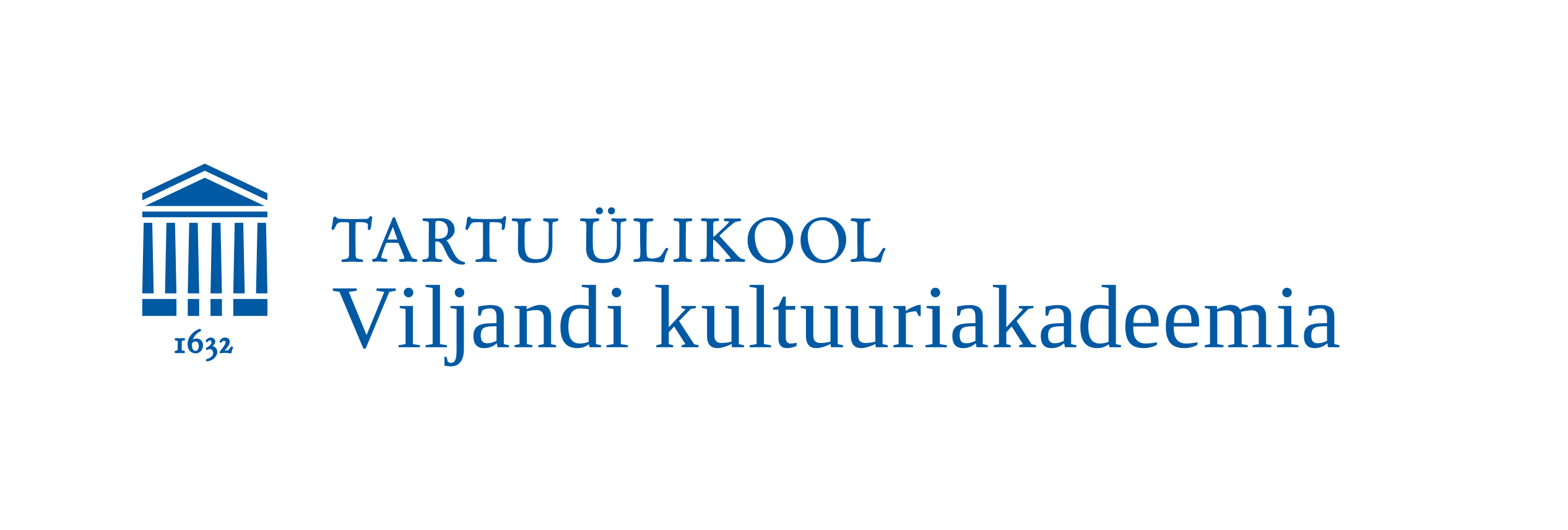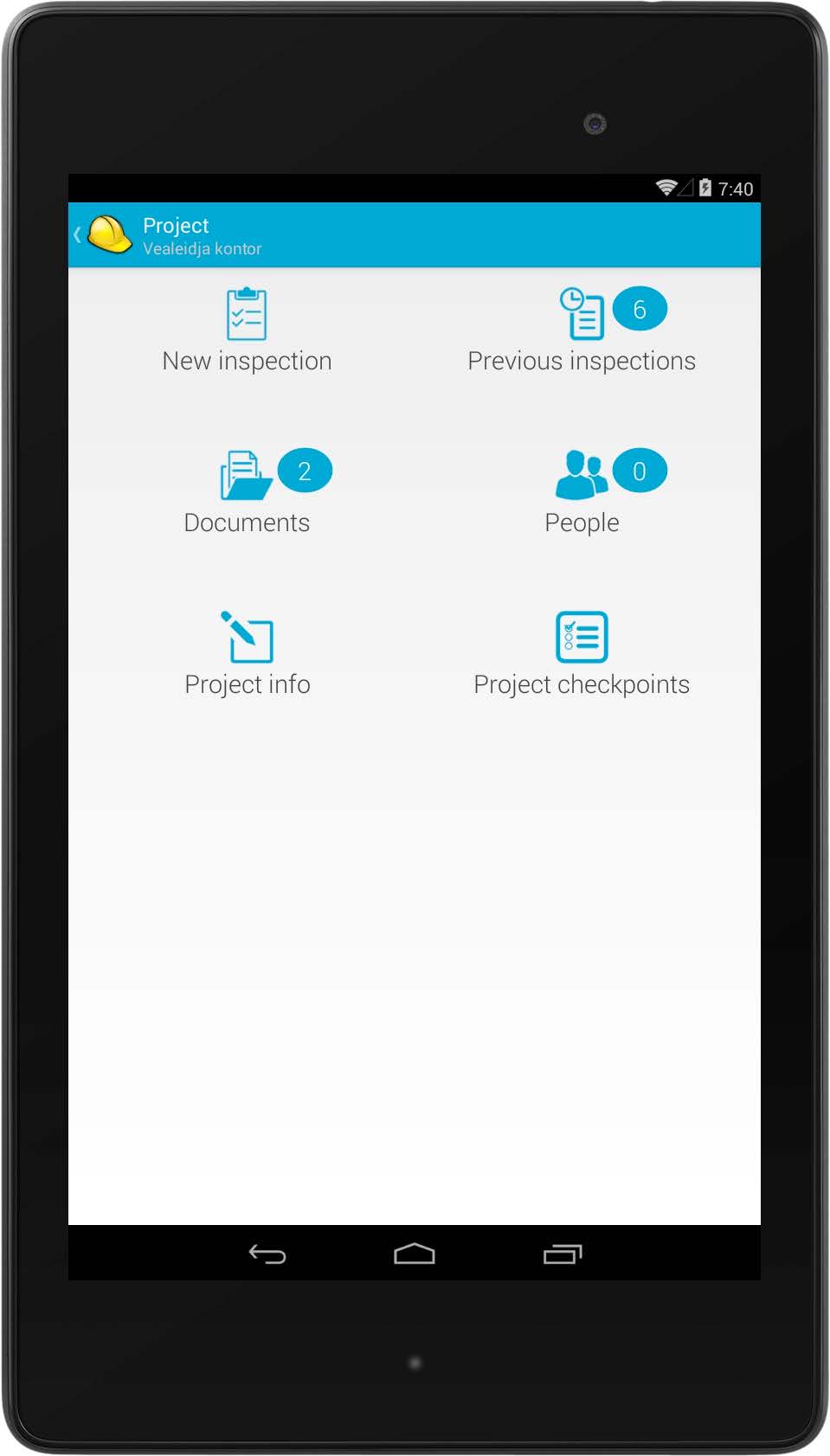“IKT LAHENDUSTE RAKENDAMINE EESTI EHITUSSEKTORIS NING SEKTORIGA SEOTUD POTENTSIAAL IDUFIRMADELE” (juhendaja Marge Suits, MSc).
LÜHIÜLEVAADE: Antud uurimustöö teemal “IKT lahenduste rakendamine Eesti ehitussektoris ning sektoriga seotud potentsiaal idufirmadele” uurib info- ja kommunikatsioonitehnoloogia (IKT) rakendamist Eesti ehitussektoris. Uurimustöö tulemusena tuvastati kuus peamist takistust, mis on tugevalt sõltuvuses ehitussektori struktuurist ja mida IKT ettevõtted (idufirmad) peaksid ehitussektorile IT lahendusi luues vältima. Nende takistuste vältimisel ja teiste tuvastatud takistustega tegelemisel on võimalik autorite hinnangul saavutada edu IKT lahenduste juurutamisel Eesti ehitussektoris.
Tarmo Tähepõld; Marika Graudina
Lõputöö autorid
TÜ Viljandi Kultuuriakadeemia
LÄBITUD ÕPPEKAVA: virtuaalkeskkondade loomise ja arenduse magistriõppekava.
[Best_Wordpress_Gallery id=”26″ gal_title=”Tähepõld ja Graudina”]
ABSTRACT: This thesis studies the implementation of information and communications technologies (ICT) in Estonian construction sector. The use of ICT is rapidly growing in different areas of business, changing the ways things are done and is the core of most of the innovation. Although Estonia is one of the leading countries in several ICT areas and often praised for its innovative mindset and effective implementation of different solutions, the construction sector is lagging behind in the sense of ICT innovation.
The aim of the current research is to identify the hindrance posed by the construction industry to ICT innovation based on the experience of BIM implementation in Estonia. For the purpose of data collection interviews with industry participants, a survey and a preliminary testing of a minimum viable product of an IT solution built based on the findings from interviews were conducted. During the analysis the hindrances that need to be avoided and the hindrances that can be minimized and thus turned into opportunities for ICT start-up companies planning to enter the construction market were derived.
The results of the study show that there are six main hindrances that are caused by the fundamental structure of Estonian construction industry. The authors argue that by avoiding these six hindrances and minimizing the other hindrances identified, the IT start-ups can achieve a competitive advantage when entering the market.



